Reasons behind Contact Centres are moving to the Cloud in 2020
By MYBRANDBOOK

In the world of contact centres, a cloud telephony system is the best manager one can have. And it’s no dark secret that India is one of the greatest markets for contact centres and Internet-based communications. Despite affordable data, often unlimited, pool of hardworking human resources, there is the lack of a large-scale global outlook that allows companies to stay ahead of the curve, make the businesses struggle despite of the combo.
According to a research firm Mordor Intelligence, North America is the largest market for cloud telephony at contact centres, but the Asia Pacific region is the fastest growing in the period from 2019 to 2025. A report from the State of Customer 2017 builds on this trend, showing how almost 40% of contact centres in the UK shifted to cloud-based formats, with 57% planning a move by 2020.
Contact centers are not the same as call centers. Other than the voice calls handled at call centres, a contact centre’s services can include faxing, email, chatting over text and video conferencing, plus sharing and working with a website’s direct interface. One, there’s much less hardware to install, learn, and look after. Two, calling, faxing and conferencing receive an unlimited playing field, as there is no separate charge for every connection. Third, companies get a Web-based dashboard to track user requests and business features, simplifying the work chain for new employees. A high-quality cloud telephony system doesn’t come cheap, but in the longer run, businesses using cloud communication end up reducing their capital expenditure and maximising profits from an uninterrupted workflow.
Cloud telephony allows employees to connect and work remotely with contact centres, making their physical presence at company outlets unnecessary. This is particularly helpful for when a business outsources its calls, allowing native speakers and writers to address enquiries in local languages instead of pigeonholing customers to communicate in a set manner. It also removes the judgment of accents, pronunciation and ethnocentric tensions, if any.
Easy communication as if the Internet connection is robust, they’ll always be able to reach out to a contact centre with their queries. On the employee side, cloud storage reduces the strain of foggy communications caused by ageing hardware. The stress of losing call recording data is also reduced. All information is stored in the cloud versus being docked at the company premises. This not only adds a layer of safety to the communications but also boosts accessibility. The automation also removes a chunk of an operator’s boredom while working, giving them ample space to work on the quality of their communications.
The space for cloaked communication is a feature of cloud telephony that several brands swear by. As contact centre agents connect with consumers, personal information can be hidden on both ends seamlessly for a given period using virtual phone numbers. Each is uniquely generated, and the practice is known as number masking. In the age of data leaks and unsavoury revelations, this number masking recognises the mutual need to establish boundaries in communications.
In a nutshell Customers today expect more from businesses; more clarity, more efficiency, and more user-friendliness. To deliver on this holy trifecta, the world of communications is streamlining itself to a consistent multi-channel approach via cloud telephony systems for long-term gains. Contact centres shifting to cloud communication for its everyday operations is a natural evolution, one that is reliable, secure and adaptable to plans. Meeting customer demands while keeping customers happy isn’t an impossible goal if you know when to upgrade.


Legal Battle Over IT Act Intensifies Amid Musk’s India Plans
The outcome of the legal dispute between X Corp and the Indian government c...

Wipro inks 10-year deal with Phoenix Group's ReAssure UK worth
The agreement, executed through Wipro and its 100% subsidiary,...
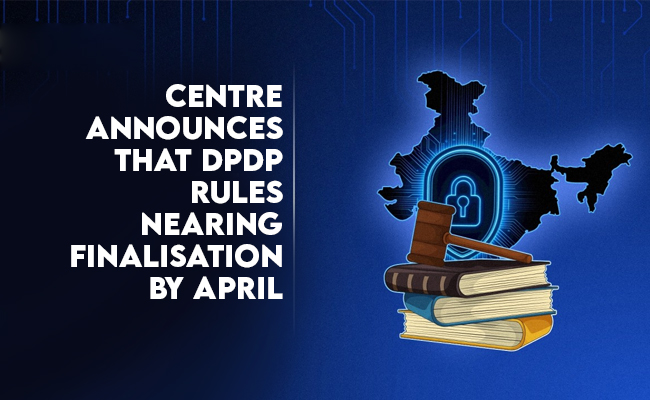
Centre announces that DPDP Rules nearing Finalisation by April
The government seeks to refine the rules for robust data protection, ensuri...

Home Ministry cracks down on PoS agents in digital arrest scam
Digital arrest scams are a growing cybercrime where victims are coerced or ...

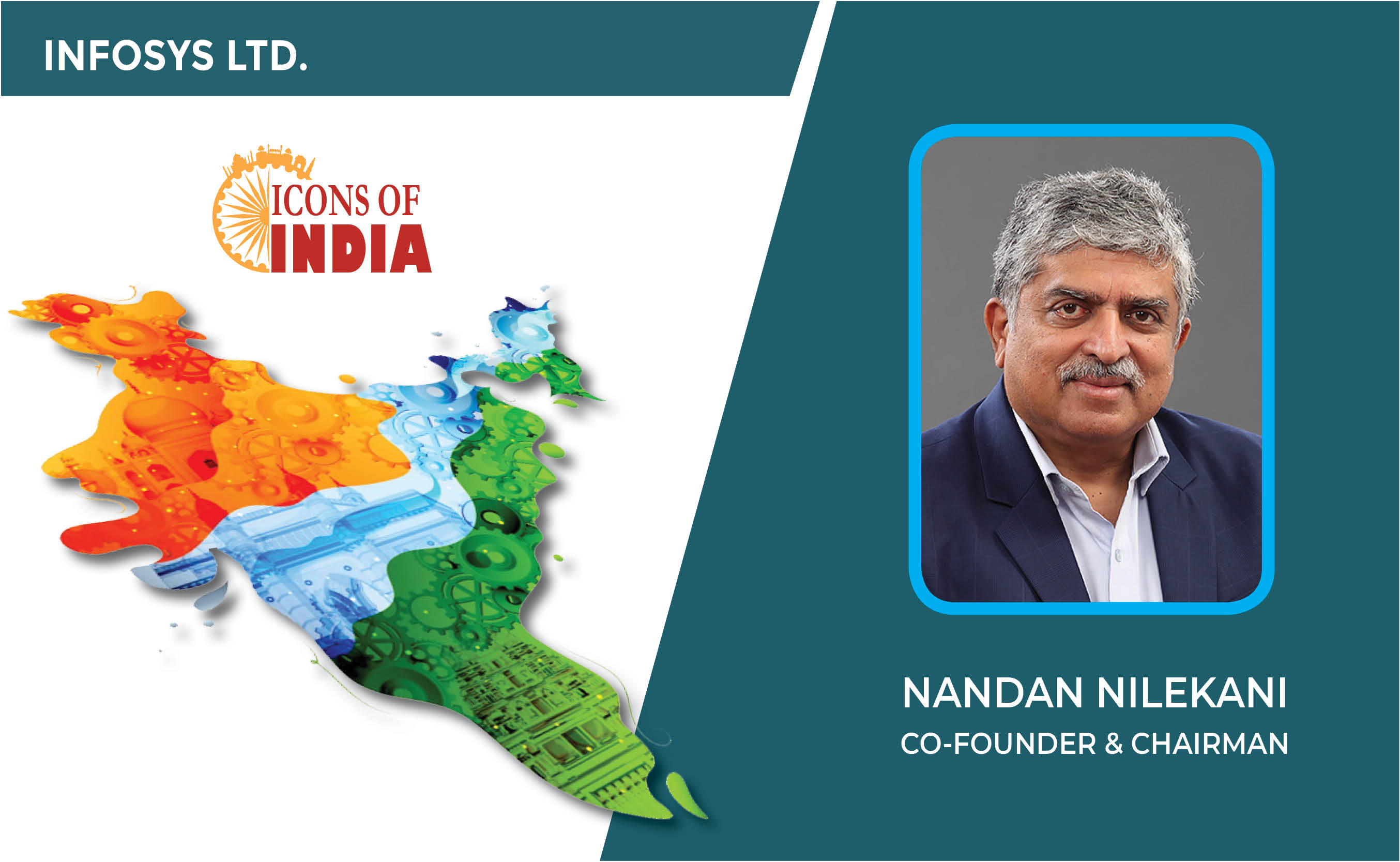
Icons Of India : NANDAN NILEKANI
Nandan Nilekani is the Co-Founder and Chairman of Infosys Technologies...
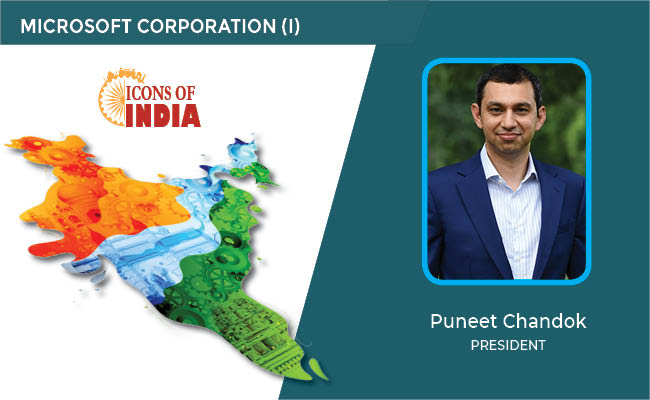
Icons Of India : Puneet Chandok
Puneet Chandok is President, Microsoft India & South Asia and is respo...

ICONS OF INDIA : VINAY SINHA
Vinay Sinha is the Managing Director of Sales for the India Mega Regio...

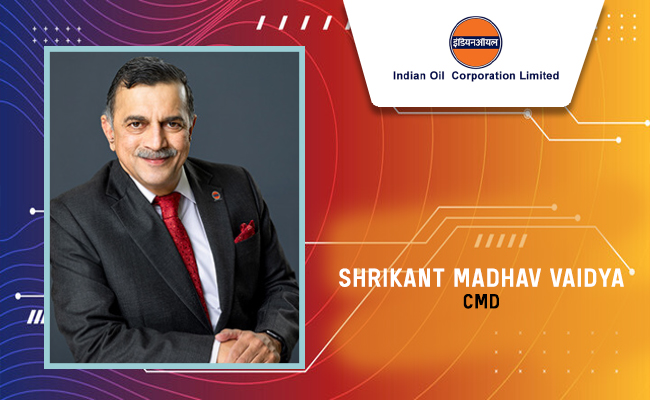
IOCL - Indian Oil Corporation Ltd.
IOCL is India’s largest oil refining and marketing company ...
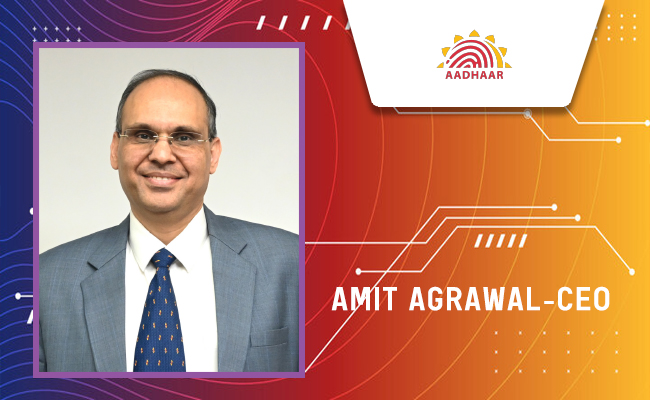
UIDAI - Unique Identification Authority of India
UIDAI and the Aadhaar system represent a significant milestone in Indi...

ECIL - Electronics Corporation of India Limited
ECIL is distinguished by its diverse technological capabilities and it...

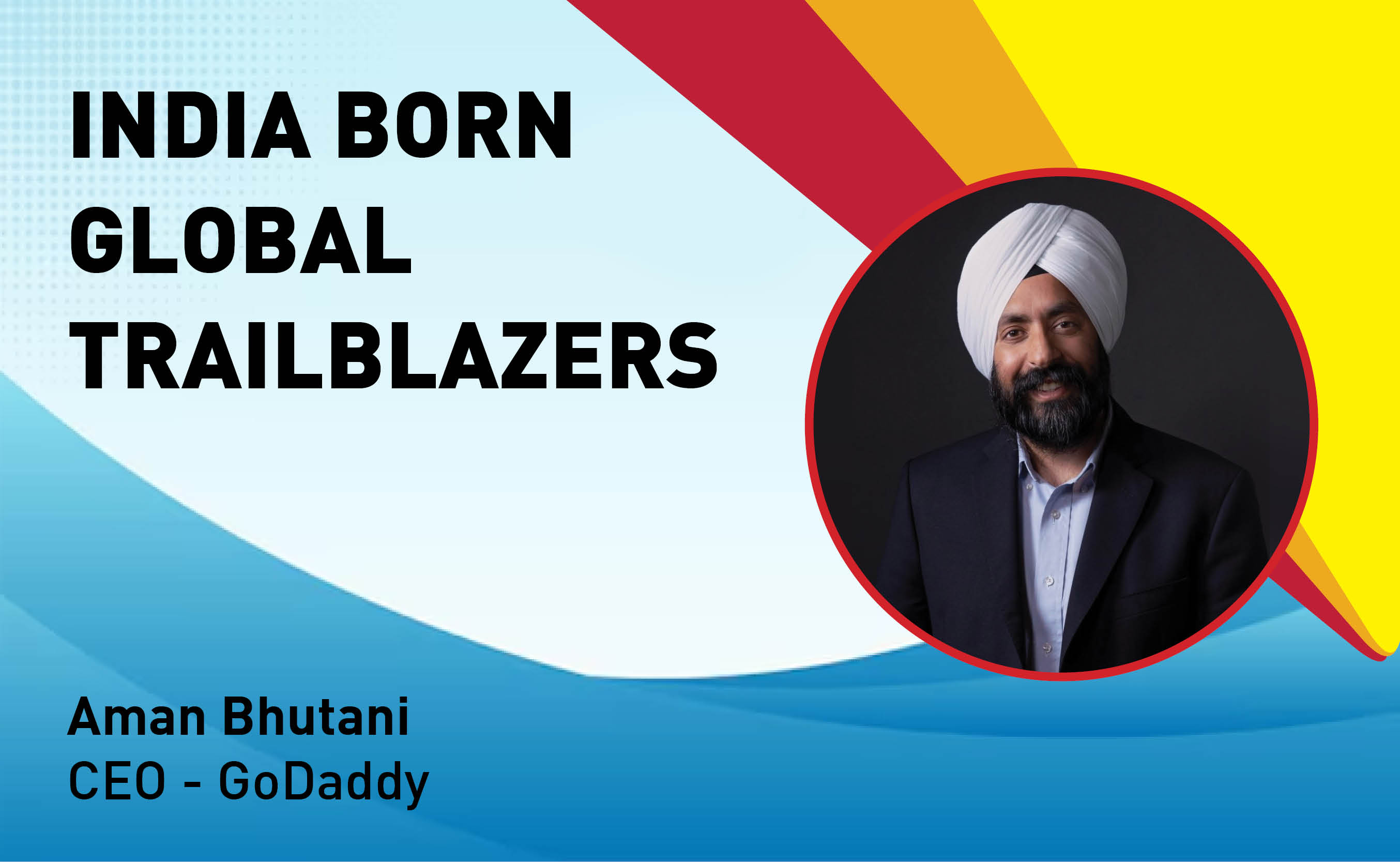
Indian Tech Talent Excelling The Tech World - Aman Bhutani, CEO, GoDaddy
Aman Bhutani, the self-taught techie and CEO of GoDaddy, oversees a co...

Indian Tech Talent Excelling The Tech World - JAY CHAUDHRY, CEO – Zscaler
Jay Chaudhry, an Indian-American technology entrepreneur, is the CEO a...

Indian Tech Talent Excelling The Tech World - Rajiv Ramaswami, President & CEO, Nutanix Technologies
Rajiv Ramaswami, President and CEO of Nutanix, brings over 30 years of...
 of images belongs to the respective copyright holders
of images belongs to the respective copyright holders